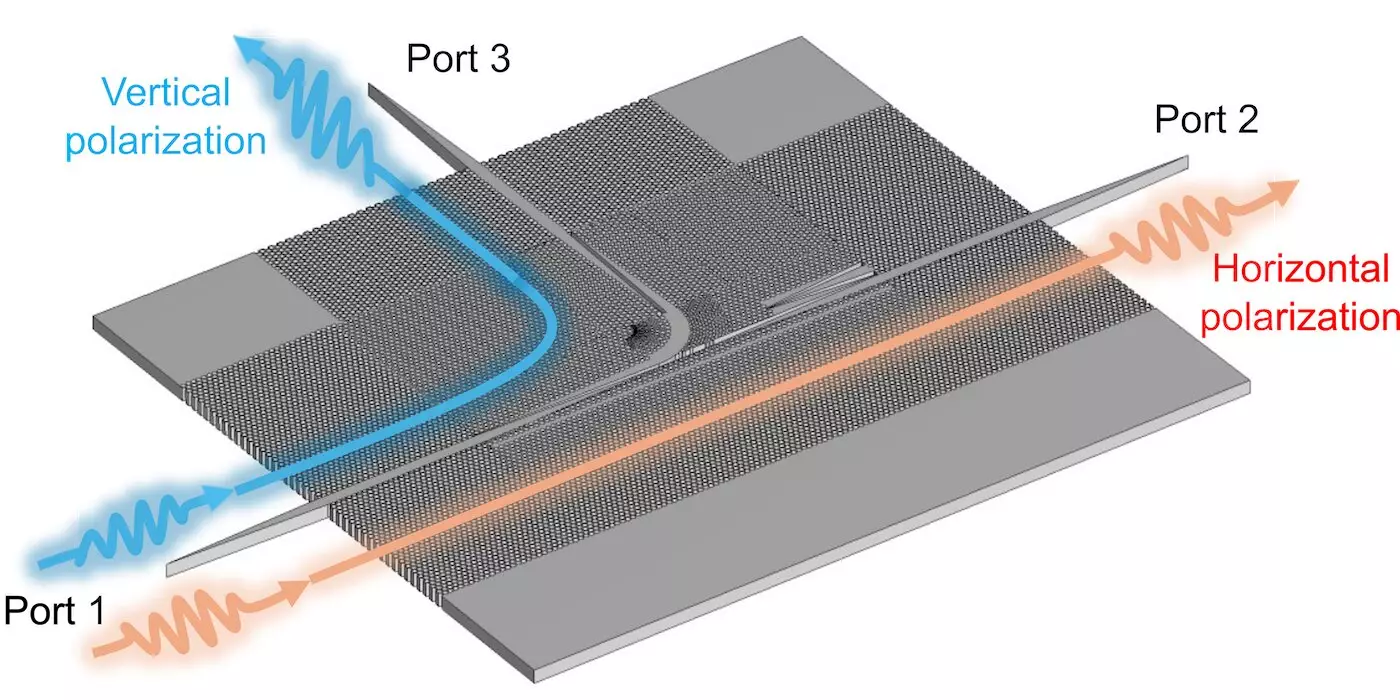The emergence of terahertz (THz) communication technology signals a revolutionary leap in wireless communications, heralding a new era characterized by significantly enhanced data transmission capabilities. As institutions globally pursue the next generation of mobile networks, known as 6G, the spotlight has turned toward innovations that can leverage THz frequencies to achieve unprecedented data rates. The application of terahertz technology opens doors for higher bandwidth, enabling seamless data transfers essential to modern digital life.
Recent advancements have surfaced from a dedicated research team at the University of Adelaide, led by Professor Withawat Withayachumnankul. Their innovative work focuses on a groundbreaking polarization multiplexer designed explicitly for the sub-terahertz J-band, ranging between 220 to 330 GHz. This multiplexer uniquely manages incoming data streams that can simultaneously traverse a singular frequency band, effectively doubling the available data capacity without incurring significant data loss—a feat that outstrips all existing multiplexers across different frequency ranges.
This development not only maximizes spectrum utility but also transforms the fundamentals of wireless communication. “Our proposed device establishes a new benchmark for integrated multiplexers,” emphasized Professor Withayachumnankul. “When scaled, it could revolutionize communications across the optical bands, providing vast bandwidth capabilities.”
One of the paramount challenges in the evolution of THz communications lies in the effective management and application of its expansive spectrum. The team’s innovation presents an ultra-wideband integrated device built on a unique substrateless silicon base, facilitating more efficient fabrication processes. This strategic choice enables the potential for cost-effective mass production, an essential factor in translating theoretical innovations into practical applications.
Dr. Weijie Gao, a vital member of the research team and a former Ph.D. student under Professor Withayachumnankul, remarked that the polarization multiplexer is fundamental in developing robust THz communication networks. “Our work not only improves system efficiency but also steers the trajectory of high-speed wireless networking,” he stated. “The implications extend far beyond mere communication, influencing industries that rely on data-heavy applications, such as augmented reality and high-definition multimedia streaming.”
The team’s findings, detailed in the journal Laser & Photonic Reviews, indicate that their polarization multiplexer may catalyze a surge of activity and investment in THz technology in the coming years. As Professor Masayuki Fujita of Osaka University noted, overcoming existing technological hurdles could unlock various new applications and refine the underlying technologies. “We anticipate a blossoming of research in this domain, potentially unveiling new frontiers in industrial applications,” he said.
The next three to five years are crucial as the team envisions transitioning from theoretical research to tangible prototypes, with wider applicability expected within the decade. Industries ranging from telecommunications to imaging and radar technology stand to benefit immensely from these advances, helping to create a fully integrated Internet of Things (IoT) ecosystem that relies on responsive and ultra-reliable ambits of communication.
The journey toward the realization of 6G communications, propelled by the recent developments in polarization multiplexing for terahertz technology, promises to overhaul our digital lives. Significant resources and effort must continue flowing into this critical domain, as widespread adoption and integration of these communication technologies could reshape how we interact with information and technology. With expectations of robust prototypes and novel applications on the horizon, the next decade looks set to usher in an era defined by unparalleled connectivity, speed, and accessibility—ultimately transforming the fabric of communication as we know it.

